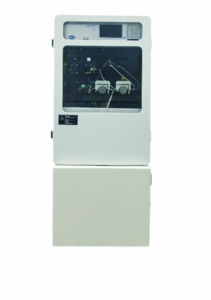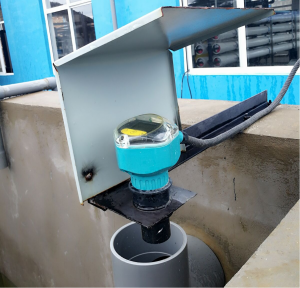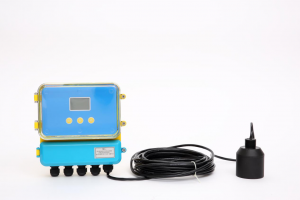Essential Instruments for Optimized Wastewater Treatment
Beyond tanks and pipes: The critical monitoring tools that ensure treatment efficiency and regulatory compliance
The Heart of Biological Treatment: Aeration Tanks
Aeration tanks serve as the biochemical reactors where aerobic microorganisms break down organic pollutants. Modern designs incorporate:
- Reinforced concrete structures with corrosion-resistant coatings
- Precision aeration systems (diffused blowers or mechanical impellers)
- Energy-efficient designs reducing power consumption by 15-30%
Key Consideration: Proper instrumentation is crucial for maintaining optimal dissolved oxygen levels (typically 1.5-3.0 mg/L) throughout the tank.
1. Flow Measurement Solutions
Electromagnetic Flowmeters
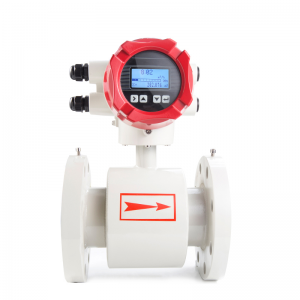
- Faraday’s Law principle
- ±0.5% accuracy in conductive liquids
- No pressure drop
- PTFE lining for chemical resistance
Vortex Flowmeters
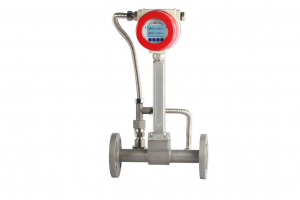
- Vortex shedding principle
- Ideal for air/oxygen flow measurement
- Vibration-resistant models available
- ±1% of rate accuracy
2. Critical Analytical Sensors
pH/ORP Meters
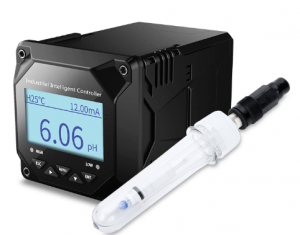
Process range: 0-14 pH
Accuracy: ±0.1 pH
Durable ceramic junctions recommended
DO Sensors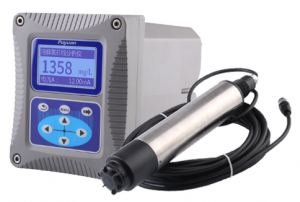
Optical membrane type
Range: 0-20 mg/L
Auto-cleaning models available
Conductivity Meters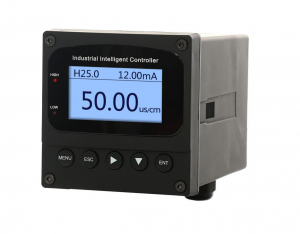
Range: 0-2000 mS/cm
±1% full scale accuracy
Estimates TDS and salinity levels
COD Analyzers
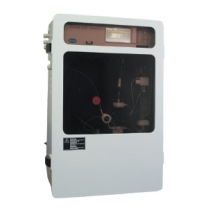
Range: 0-5000 mg/L
UV or dichromate methods
Require weekly calibration
TP Analyzers
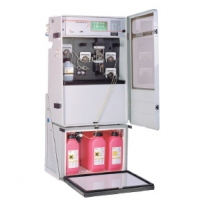
Detection limit: 0.01 mg/L
Photometric method
Essential for NPDES compliance
3. Advanced Level Measurement
Instrumentation Best Practices
Regular Calibration
Preventive Maintenance
Data Integration
Wastewater Instrumentation Experts
Our engineers specialize in selecting and configuring optimal monitoring solutions for wastewater treatment plants.
Available Monday-Friday, 8:30-17:30 GMT+8
Post time: May-08-2025





